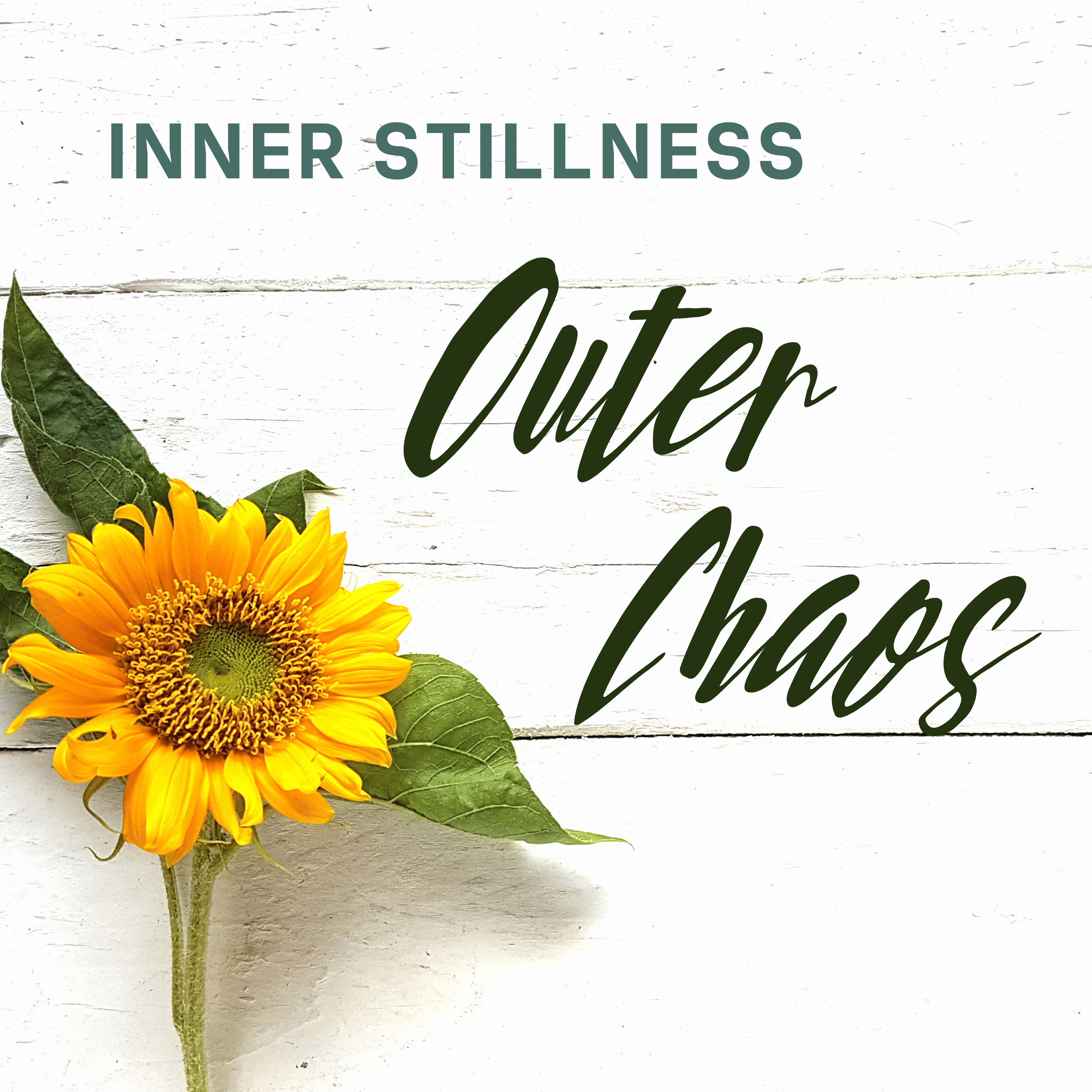

The Two Types of Self-Care
Inner Stillness Outer Chaos
| Avery Thatcher | Rating 0 (0) (0) |
| becomingavery.com | Launched: Apr 25, 2024 |
| podcast@becomingavery.com | Season: 2 Episode: 14 |
I wish I could meet the person who first said that you need 30 minutes per day of self-care so that I could shake them and ask “why????”.
Finding a solid 30 minutes to dedicate to yourself is pretty difficult, especially in the lives of highly sensitive high achievers, am I right? Plus, not all self-care is made equal, and there are some things we think are self-care, but are actually not.
Let’s talk about it.
SUBSCRIBE
Episode Chapters
I wish I could meet the person who first said that you need 30 minutes per day of self-care so that I could shake them and ask “why????”.
Finding a solid 30 minutes to dedicate to yourself is pretty difficult, especially in the lives of highly sensitive high achievers, am I right? Plus, not all self-care is made equal, and there are some things we think are self-care, but are actually not.
Let’s talk about it.
I wish I could meet the person who first said that you need 30 minutes per day of self-care so that I could shake them and ask “why????”.
Finding a solid 30 minutes to dedicate to yourself is pretty difficult, especially in the lives of highly sensitive high achievers, am I right? Plus, not all self-care is made equal, and there are some things we think are self-care, but are actually not.
Let’s talk about it.
What self-care is and what it isn’t
I used to think that this meant something more elaborate like going to the spa for a facial, getting a massage, or doing some complex ritual out in nature to ‘reconnect to the earth’ (whatever that means). Self-care to me had to be something specific, scheduled, and grand? Grand’s not quite the right word, but I hope you understand what I’m getting at.
The problem was that massages are painful and I can’t fully relax when a stranger is touching me. Both massages and spa treatments brought out my people pleaser as well, where I felt the need to keep the practitioner company, chat with them, and be ‘an enjoyable client’. And finding the block of time to go somewhere fully natural without any houses around was difficult, especially when my partner and I decided to only have one car and he usually took it for work. Now that I don’t really feel comfortable driving because of my disability, we could have 5 cars and I’d still have difficulty getting somewhere to stand in the quiet comfort of nature, put my barefeet in the grass and do whatever elaborate grounding practice I felt I should do.
But the truth is, self-care doesn’t have to be fancy. It doesn’t have to cost money. It doesn’t have to be something specific either!
At its core, self-care is something we do that helps us:
- create more calm,
- process stress and emotions, and
- re-regulate our nervous system.
The Two Types of Self-Care
As I said before, not all self-care practices are created equal. Some of our practices may help us feel temporary relief and relaxation, they don’t address some of the underlying energy drains and stressors. This means that we’re just hitting the pause button for a little while, and then life comes back to smack us in the face with all of our stressors when we’re done.
In my near decade of experience of working with stressed out, burnt out highly sensitive high achievers, I’ve discovered that there are two types of self-care:
- Passive Self-Care
- Restorative Self-Care
It’s important for us to recognize that there’s a time and place for both types of self-care because it allows for a more balanced approach without guilt. Guilt is something that a lot of us struggle with when we rest in our modern day capitalist society that equates the value of a person with their productivity. Let’s talk about both kinds of self-care, passive and restorative, and when it is appropriate to prioritize each.
Passive Self-Care
Passive self-care is when we’re zoning out, numbing out, or essentially disconnecting from our experiences. This can look like scrolling through social media when we’re feeling overwhelmed or need a break, watching a movie or an episode or two (or ten) of a show, emotional eating or indulging in comfort food, retail therapy, or self-medicating with drugs, alcohol, or other substances. The problem is that while the goal of self-care is to address a need that’s not being fulfilled, passive self-care essentially just presses pause on our stress levels - keeping them from getting worse, but not making them any better.
Passive self-care can serve us when we use it in moderation to recharge our energy, need a quick relaxation break or a quick distraction from the daily pressures. Again, it’s the pause button of the quick band-aid solution that we sometimes need in the moment to recharge one of our four energy batteries. However, passive self-care can sabotage us when we use these strategies as our primary coping mechanisms and don’t balance them with restorative self-care.
Restorative Self-Care
Restorative self-care, on the other hand, addresses the deeper need, the deeper energy drain or source of stress that is leading us towards burnout.
Restorative self-care helps you create that inner calm, release the stress hormones from your body, process emotional experiences, and re-regulate your nervous system. Here we’re not looking to zone out, we’re looking to tune in and address our sources of stress.
This can mean:
- mindfully sipping a cup of tea while you allow your mind to think through life experiences
- trying an embodiment practice like yoga or qigong that allows you to quiet your busy brain enough to notice what’s really bothering you
- journaling or reflecting on some questions that can help you get to the heart of the matter and allow you to express and release difficult or big emotions
- spending a minute or two with a guided meditation to allow you to recenter and focus your mind to give you more clarity for the rest of your day
- processing stress hormones from your body with a somatic release activity
- talking to someone you trust to gain clarity and create a path forward
- doing something that helps you bring meaning to your life, and recharge your fulfillment energy by connecting you to your purpose or life mission
- taking time to participate in activities that align with your core values
- going to bed at a consistent time that allows for enough rest before your day needs to begin
And so many more. I actually have a list of over 100 different self-care ideas if you’re interested, you can check them out here.
The most important thing to remember with self-care
While it’s important to recognize the distinction and find balance between the two different kinds of self-care, there is one more important thing to know and remember. Sure, we need the temporary pause of passive self-care sometimes. Other times we need restorative self-care to process and release stressful experiences to create more calm in our life.
But if you only remember one thing from this article, I want it to be this:
One minute is better than no minutes.
Like I said at the beginning, there’s this belief that you need to have 30 minutes of self-care every day. But one minute of self-care is better than no minutes of self-care.
30 seconds doing a pranayama breathing exercise is better than not doing it at all.
Especially for high achievers, I think we need to focus more on finding pockets of time for self-care. It’s not going to be possible for most of us to consistently find a solid 30 minutes each day to dedicate to taking care of ourselves.
Look for pockets of time in your day, like:
- 30 seconds before walking into the grocery store, or
- taking a few sips of your coffee or tea once you sit down at your desk before starting work, or
- taking 15 minutes out of your lunch break to do a quick mid-day reset activity like a yoga class from the Creating Calm app, or
- doing a quick 60-second guided meditation to quickly calm and reset your nervous system
Self-care doesn’t have to be long, and it doesn’t have to be fancy, it just has to work.
